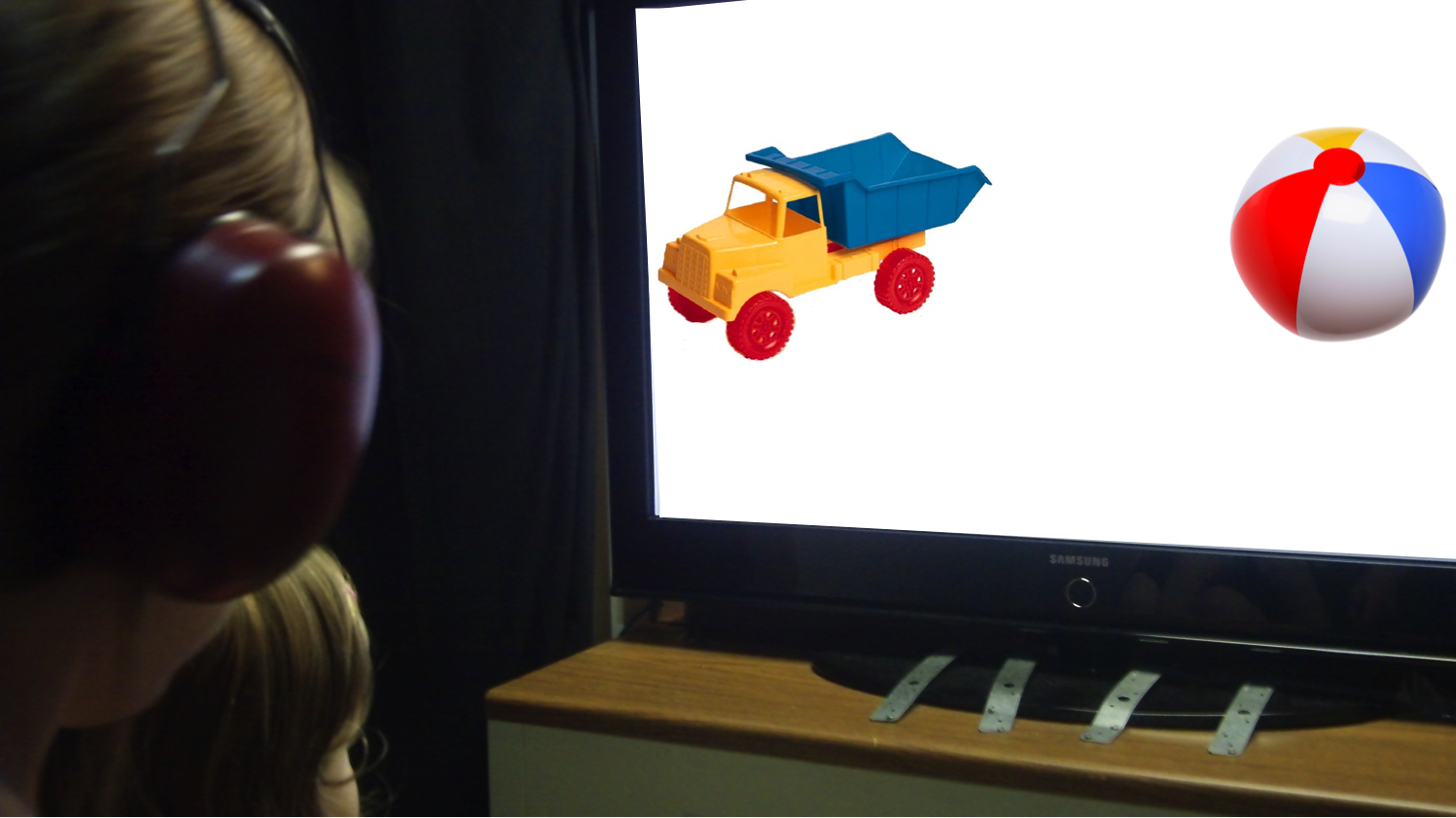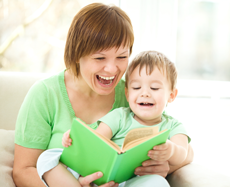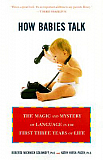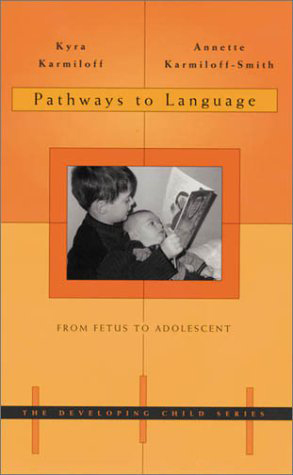We maintain a database of families who are interested in participating in our studies, and then call parents when their children are the right age for a study. We're actually part of a group of labs from different departments (including Hearing & Speech Sciences, Psychology, Linguistics, & Human Development) that make up the Infant & Child Studies Program and the Autism Research Consortium at the University of Maryland.
The studies in our lab usually involve a single visit, lasting 30-45 minutes (including time for asking questions and filling out paperwork).
These studies are meant to be fun for children and their families. In our infant studies, your child will be seated comfortably on your lap in a test booth. You'll always be in the room with your child so you'll see everything he or she sees.
You'll always be in the room with your child so you'll see everything he or she sees.
In some studies, we'll play different sounds or sentences to your infant, and measure which sounds your child pays more attention to. In other studies, your child may see a large television screen showing different objects or scenes. At the same time, we'll play sounds that match what is being shown on one of the screen, and measure your child’s looking behavior. For example, we might show your child videos of a cat and a dog, and see which video they watch when they hear someone saying "Look at the kitty!" Our infant test sessions usually only last 5-10 minutes, and most infants like listening to other people talk. But if your infant becomes upset or fussy, we can stop at any time.
Our studies for older children usually involve them repeating words or sentences out loud, or coming up with the names for pictures they see on a computer, or pointing to the appropriate picture from a set of choices. If your child decides they are not having fun, we stop the studies immediately - but most children enjoy showing us how smart they are!

We provide free parking right outside our building, and can provide free baby-sitting during the session if you wish to bring any other children along. Children receive a small toy or a t-shirt for their participation, and we always send out a letter to parents explaining the general findings once the study is completed.
We hope you'll be willing to help us learn more about how infants and children learn language!



